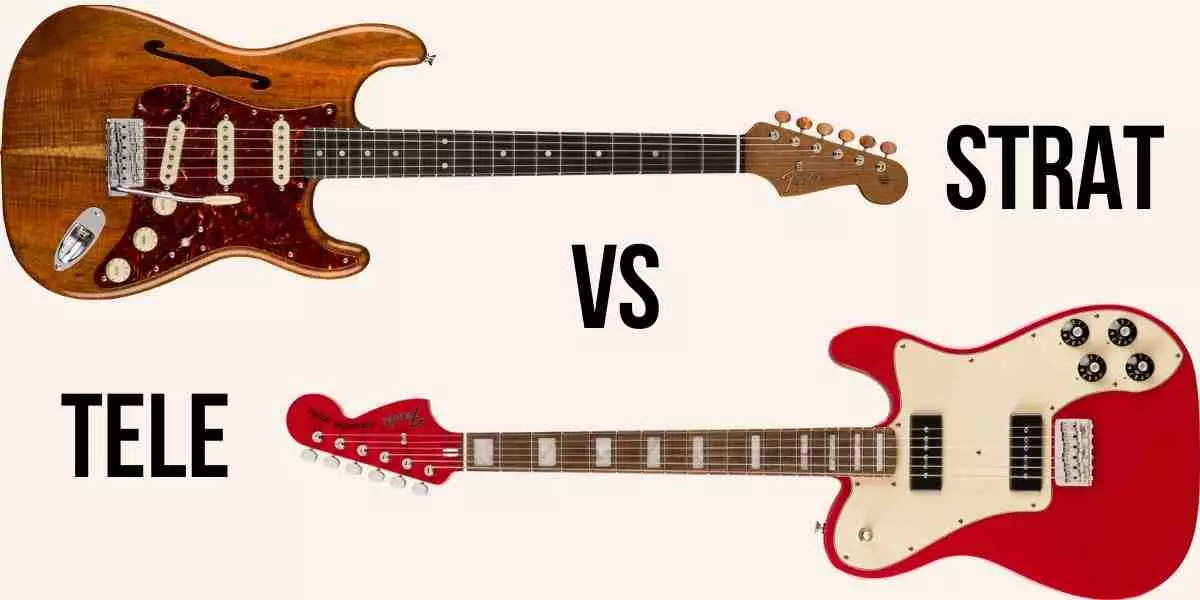Acoustic Guitar Pickups

The Taylor Guitar Expression system: the magnetic pickups and pre-amps are incorporated seamlessly into the guitar design.
An important consideration when buying an acoustic guitar is whether you want it to come equipped with microphones, pick-ups, tuners, or other built-in electronics.
You can add pickups or microphones to virtually any guitar. But if now or in the near future you think you might be plugging into an amplifier or PA system, it might make sense to choose a guitar that comes with built-in pickups.
Advantages include:
• Manufactures put a lot of work into matching their guitars with appropriate pickups, and the best location in the guitar body to locate the electronics.
• Pre-installed pickup systems often have more functions, such as tuners, pre-amps, volume faders, and equalizers or other tone controls.
• Pre-installed pickups are generally less expensive, and there are no installation costs.
Both built-in and pre-installed pickup electronics can either be active, meaning they require a small battery power source, or passive, and don't need electricity to work.
Active and passive pickups can sound equally good, but powered electronics allow for the addition of tuners, EQs, and other active tone controls.

seconds and plugs into amps, PAs, and audio recorders.
Do pickups change the natural guitar acoustics?
Whenever you add or subtract anything from a vibrating body it is going to change the sound a bit.
If you are after a totally clean acoustic sound, no matter how carefully installed, there is a risk of introducing unwanted rattling or vibration from the pickup, cabling, or pre-amp.
In order to minimize possible interference, guitar pickups and other electronics are usually installed away from the main soundboard, at the top and along the sides of the body.
In some cases, reduced vibration can be advantageous. In fact you might want your ultimate gigging guitar to have less natural resonance, so the sound is easier to contain, control, and amplify.
Some guitarists prefer composite, laminate, or veneer guitars for live playing because they are less temperamental in changing environments, and can sound as good as all-wood guitars when amplified.
Types of pickups
Different pickups and microphones emphasize different aspects of the guitar sound. Each has its strengths and weaknesses and the best solution ultimately comes down to personal taste.

Soundhole pickups
Magnetic soundhole pickups are probably the most familiar type used on electric guitars, if only because visually, you can't miss them. They bridge the soundhole and vibrate electromagnetically with the oscillations of the strings.
A major advantage is that they are easy to install and remove, without requiring modifications to the guitar body.
Note that magnetic pickups require metal strings, and don't work with nylon string Classical guitars.
Microphones
Externally mounted microphones, on a stand or boom, are considered by many to be the truest way to amplify a guitar. But on stage they are prone to feedback and suffer from variations in volume when the position of the guitar is shifted.
Microphones recessed inside the guitar body are more stable and have more consistent volume. They do a great job of capturing internal chamber resonance, and are popular with musicians who like to drum with their fingers on the guitar body.
However, internal microphones are still prone to feedback, and because they amplify the sound inside the guitar, some players feel they don't accurately represent the overall sound of the instrument.

Under-saddle pickups
Like soundhole pickups, under-saddle pickups are relatively immune to feedback, but involve drilling a hole through the bridge, and possibly minor modifications to the saddle.
Bridge plate pickups are similar to under-saddle pickups, but are located inside the guitar body under the bridge. They respond less to string vibration, but more to soundboard resonance, and while somewhat more prone to feedback, are considered by some to more faithfully represent the natural sound of the guitar.
Dual-source or "blend" pickups

More comprehensive and correspondingly expensive solutions combine an internal microphone and an under saddle pickup, along with an active pre-amp and sound controls.
Here you get the best of both worlds: the internal microphone can be turned up just enough to add sonic nuance, but not enough to cause feedback, while the main part of the sound comes from an under saddle pickup.







